Introduction: The Strategic Imperative of TMS Implementation
The deployment of a robust Treasury Management System (TMS) is no longer a mere operational enhancement but a strategic imperative. The transition from manual processes to an automated, integrated TMS facilitates real-time visibility, strengthens risk mitigation, and empowers informed, data-driven decision-making. This guide delineates the critical phases of TMS implementation, emphasizing best practices for a successful and impactful deployment.
Phase 1: Strategic Planning and Comprehensive Requirements Analysis
The foundational phase of TMS implementation necessitates meticulous planning and a thorough understanding of organizational needs.
- Strategic Objective Definition: Clearly articulate the strategic objectives driving the TMS implementation. Define measurable outcomes to ensure alignment with corporate goals.
- Stakeholder Engagement and Alignment: Engage all relevant stakeholders across treasury, finance, IT, and other pertinent departments. Foster collaborative communication to ensure comprehensive requirement gathering.
- Detailed Requirements Specification: Conduct a rigorous analysis of existing workflows and identify areas for optimization. Develop a detailed requirements specification encompassing cash management, forecasting, risk management, accounting integration, and reporting.
- Vendor Evaluation and Selection (If Applicable): If a new TMS is required, conduct a comprehensive vendor evaluation based on functional requirements, scalability, integration capabilities, and total cost of ownership.
- Dedicated Project Team Formation: Establish a cross-functional project team with clearly defined roles and responsibilities to ensure effective project governance.
Phase 2: System Configuration, Customization, and Integration
This phase focuses on the technical aspects of TMS implementation, ensuring seamless integration and optimal system configuration.
- Data Migration and Validation: Execute a meticulous data migration process, ensuring data integrity and accuracy. Implement validation protocols to minimize errors.
- System Configuration and Parameterization: Configure the TMS in accordance with established workflows, reporting requirements, and security protocols.
- Customization (Where Necessary): Implement customizations judiciously, ensuring scalability and maintainability. Adhere to industry best practices for custom development.
- System Integration: Facilitate seamless data flow by integrating the TMS with existing ERP, accounting, and other relevant systems.
- Rigorous Testing and Validation: Conduct comprehensive testing, including unit testing, integration testing, and user acceptance testing (UAT), to identify and resolve potential issues.
Phase 3: User Training and Change Management
Effective user adoption is crucial for the successful utilization of the TMS.
- Comprehensive User Training: Develop and deliver comprehensive training programs tailored to different user roles. Emphasize practical application and system functionality.
- Strategic Change Management: Implement a structured change management strategy to address potential resistance and facilitate user adoption. Communicate the benefits of the TMS and provide ongoing support.
- Detailed Documentation and Knowledge Transfer: Develop comprehensive user documentation and training materials to facilitate knowledge transfer and ensure ongoing system proficiency.
Phase 4: Go-Live, Post-Implementation Support, and Continuous Optimization
The go-live phase marks the beginning of ongoing system optimization and support.
- Phased System Rollout: Implement a phased rollout strategy to minimize disruption and facilitate a smooth transition.
- Ongoing Monitoring and Support: Establish a robust support framework to address user inquiries and resolve technical issues.
- Continuous System Optimization: Conduct regular system reviews and implement optimizations to ensure the TMS continues to meet evolving business needs.
- Performance Measurement and Reporting: Establish key performance indicators (KPIs) and implement reporting mechanisms to measure the effectiveness of the TMS.
In summary
The successful implementation of a Treasury Management System is a strategic investment that yields significant operational efficiencies and enhances strategic decision-making. Through adhering to a structured implementation methodology and focusing on continuous optimization, organizations can maximize the value of their TMS and drive sustainable financial performance.


